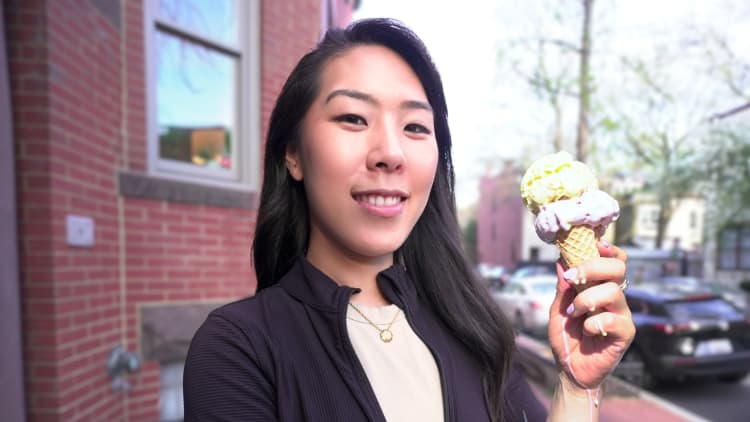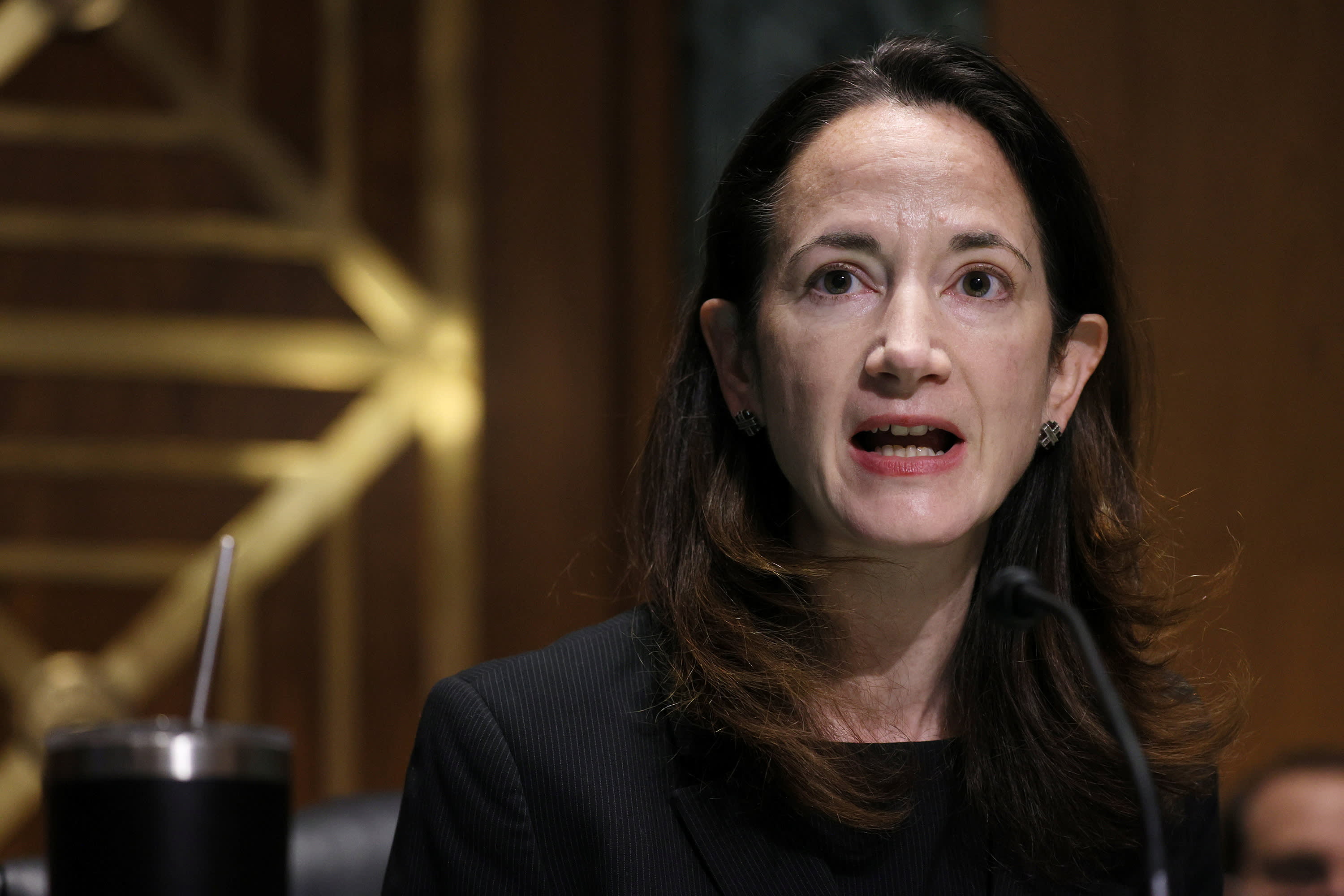A Harvard education costs over $82,000 a year—here's how much students actually pay
Generous financial aid packages allow low-income students to go to Harvard University at a steep discount — if they can get in.

Going to an Ivy League institution like Harvard University can pay off in the long run.
Former Harvard students who received federal aid command a median salary of $95,114 a decade after beginning college, according to the Department of Education's College Scorecard. That's well above the median salary of $50,806 among former attendees and federal aid recipients at all four-year institutions.
Before they get there, though, Harvard students have a steep price to pay. Tuition for the 2024-25 school year costs $56,550, according to the school's website. Additional fees like housing, food and student services brings the total cost of attendance up to $82,866.
However, many students pay far less than the sticker price. Here's how much students really pay for a Harvard education.
Nearly 1 in 4 Harvard families pay nothing
While the Ivy League schools have a strong reputation for churning out high earners, they also tend to dole out generous financial aid packages to families with demonstrated need.
Over half — 55% — of Harvard undergraduates receive institutional scholarships, according to the school, and 24% of Harvard families pay nothing after aid and grants.
Harvard maintains a 100% need-based aid policy, which means it is committed to providing all of the financial assistance a family demonstrates they need. Families who earn less than $85,000 a year are not expected to contribute any money to their student's cost of attendance, Harvard says.
Not all of the financial aid comes directly from the school though. Around 19% of undergraduate students receive federal Pell Grants, according to the school's website. Students who receive federal financial aid pay an average of $19,500 a year to attend Harvard, according to the College Scorecard.
Low-income families are a small portion of Harvard's population
Though Harvard bills itself as a relatively affordable option for those who are accepted, the school's admissions data has suggested it can be incredibly difficult for low-income students to get in the door.
Harvard says its admissions process is "need-blind," meaning a student's ability to pay tuition bears no weight on their admission prospects. However, a number of factors make it difficult for students from low-income families to gain the competitive edge needed to be considered for admission to elite schools like Harvard.
Competitive colleges want to see applicants who demonstrate academic excellence and extracurricular involvement. Wealth and high household incomes have historically been proven to help students achieve both of those goals, whereas low-income students may not have the time or financial support to do the same.
Even when students from differing economic backgrounds have similar academic performance, being wealthier may be an advantage.
A 2023 study by Harvard's own Opportunity Insights found a student from the top 1% of households is twice as likely as a middle-class student with a similar SAT score to attend an Ivy League or "Ivy plus" school, which includes Stanford University, Massachusetts Institute of Technology, Duke University and University of Chicago.
Students from the bottom 20% of earners made up just 4.5% of Harvard's class of 2013, compared with 67% of students who come from the top 20%, according to the latest available data from Opportunity Insights.
Don’t miss these exclusives from CNBC PRO
Want to make extra money outside of your day job? Sign up for CNBC's new online course How to Earn Passive Income Online to learn about common passive income streams, tips to get started and real-life success stories. CNBC Make It readers can use special discount code CNBC40 to get 40% off through 8/15/24.
Plus, sign up for CNBC Make It's newsletter to get tips and tricks for success at work, with money and in life.


 BigThink
BigThink 





























![The Most Commonly Used Passwords [Infographic]](https://imgproxy.divecdn.com/6ARZVtli40OLhg3H5g06jpg3VjNIF30pM_NrHF_1DLM/g:ce/rs:fit:770:435/Z3M6Ly9kaXZlc2l0ZS1zdG9yYWdlL2RpdmVpbWFnZS9wYXNzd29yZF9pbmZvMi5wbmc=.webp)

